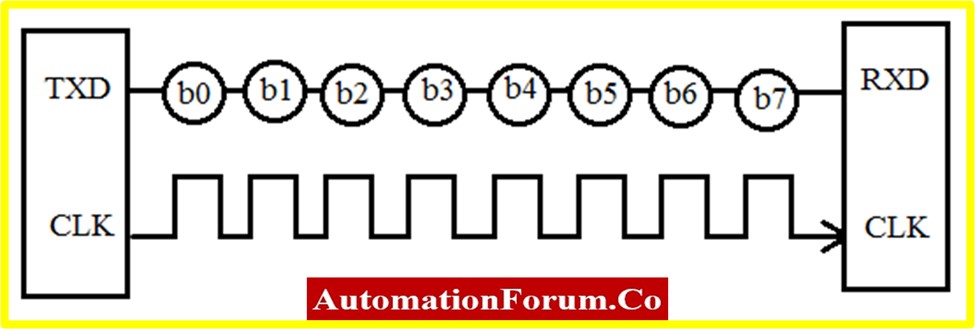Difference between AS-I and DeviceNet

Introduction
In this session we are gonna discuss about Difference between AS-I and DeviceNet .before reading this just go through An overview of industrial communication network so you will get a brief idea about other communication protocols
AS-i
Actuator Sensor-interface is an open system network developed by eleven manufacturers. AS-i is a bit-oriented communication link designed to connect binary sensors and actuators. Most of these devices do not require multiple bytes to adequately convey the necessary information about the device status, so the AS-i communication interface is designed for bit-oriented messages in order to increase message efficiency for these types of devices. It was not developed to connect intelligent controllers together since this would be far beyond the limited capability of such small message streams.

Modular components form the central design of AS-i. Connection to the network is made with unique connecting modules that require minimal, or in some cases no tools to provide for rapid, positive device attachment to the AS-i flat cable. Provision is made in the communications system to make ‘live’ connections, permitting the removal or addition of nodes with minimum network interruption. Connection to higher level networks (e.g. ProfiBus) is made possible through plug-in PC and PLC cards or serial interface converter modules.
- In its original form, up to 31 devices can be connected onto the AS-i cable, each with 4 bits of input and four bits of output. This can be achieved with a cycle time of 5ms maximum.
- AS-i uses low-cost, two-core unscreened cable —-Up to 100m of 1.5mm2 stranded cable
- Power and data are combined on one cable —- Nominally 30V at up to 8A over the bus cable.
- Physically and electrically robust —- Typically IP67 rated devices and connections
- Simple installation using standardised cable and insulation displacement connection —-Special flat profile or round profile cable

DeviceNet
DeviceNet, developed by Allen Bradley, is a low-level device oriented network based on CAN (Controller Area Network) developed by Bosch (GmbH) for the automobile industry. It is designed to interconnect lower level devices (sensors and actuators) with higher level devices (controllers). DeviceNet is classified as a field bus, per specification IEC-62026. The variable, multi-byte format of the CAN message frame is well suited to this task as more information can be communicated per message than with bit-type systems. The DeviceNet specification is an open specification and available through the ODVA. DeviceNet can support up to 64 nodes, which can be removed individually under power and without severing the trunk line. A single, four-conductor cable (round or flat) provides both power and data communications. It supports a bus (trunk line drop line) topology, with branching allowed on the drops. Reverse wiring protection is built into all nodes, protecting them against damage in the case of inadvertent wiring errors. The data rates supported are 125, 250 and 500K baud (i.e. bits per second in this case). Figure illustrates the positioning of DeviceNet and CANBUS within the OSI model. CANBUS represents the bottom two layers in the lower middle column, just below DeviceNet Transport. Unlike most other field buses, DeviceNet does implement layers 3 and 4, which makes it a routable system. There are two other products in the same family; Control Net and Ethernet/IP. They share the same upper layer protocols (implemented by CIP, the Control and Information Protocol) and only differ in the lower four layers.

Also read about
What is an OPC or Open process control?





